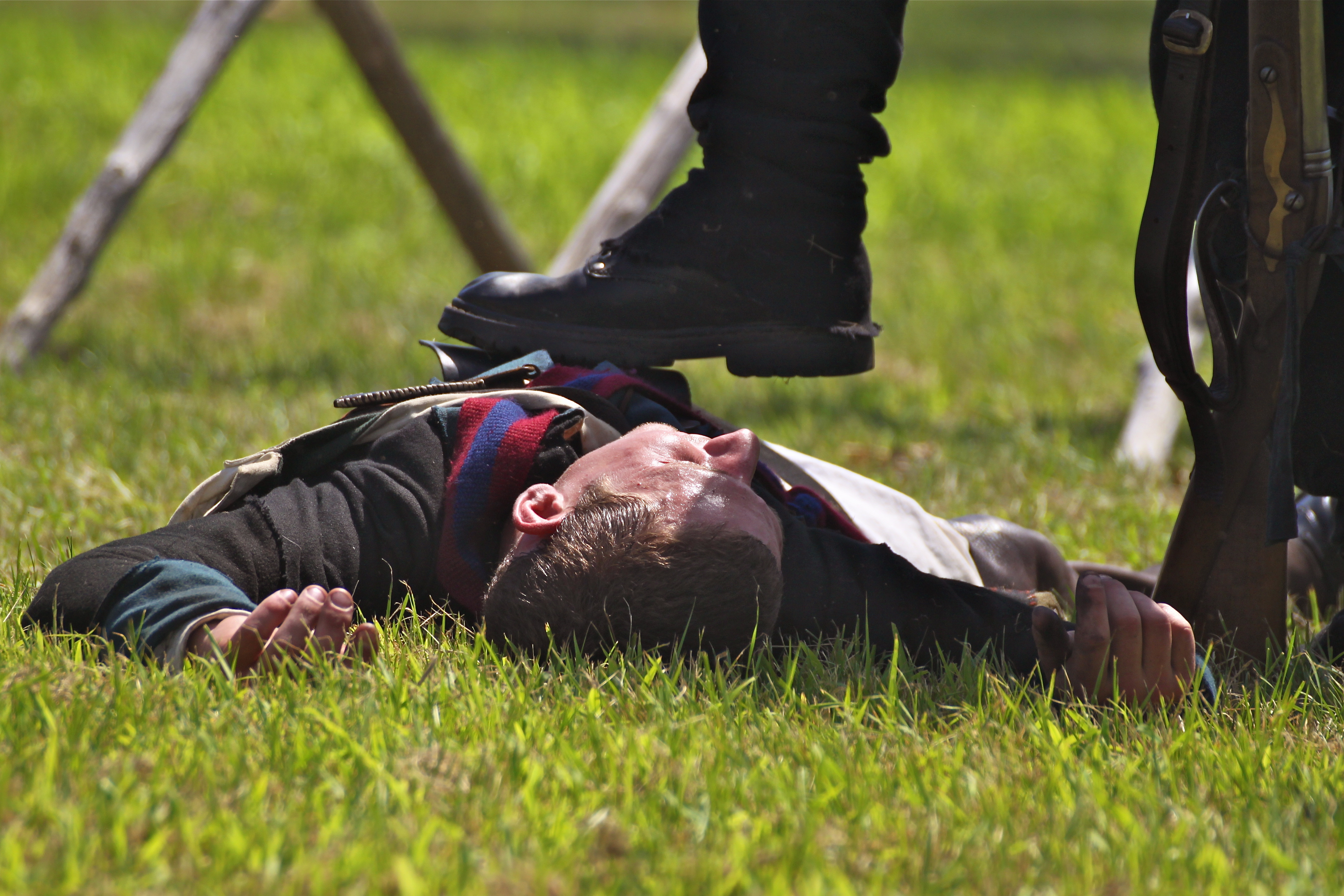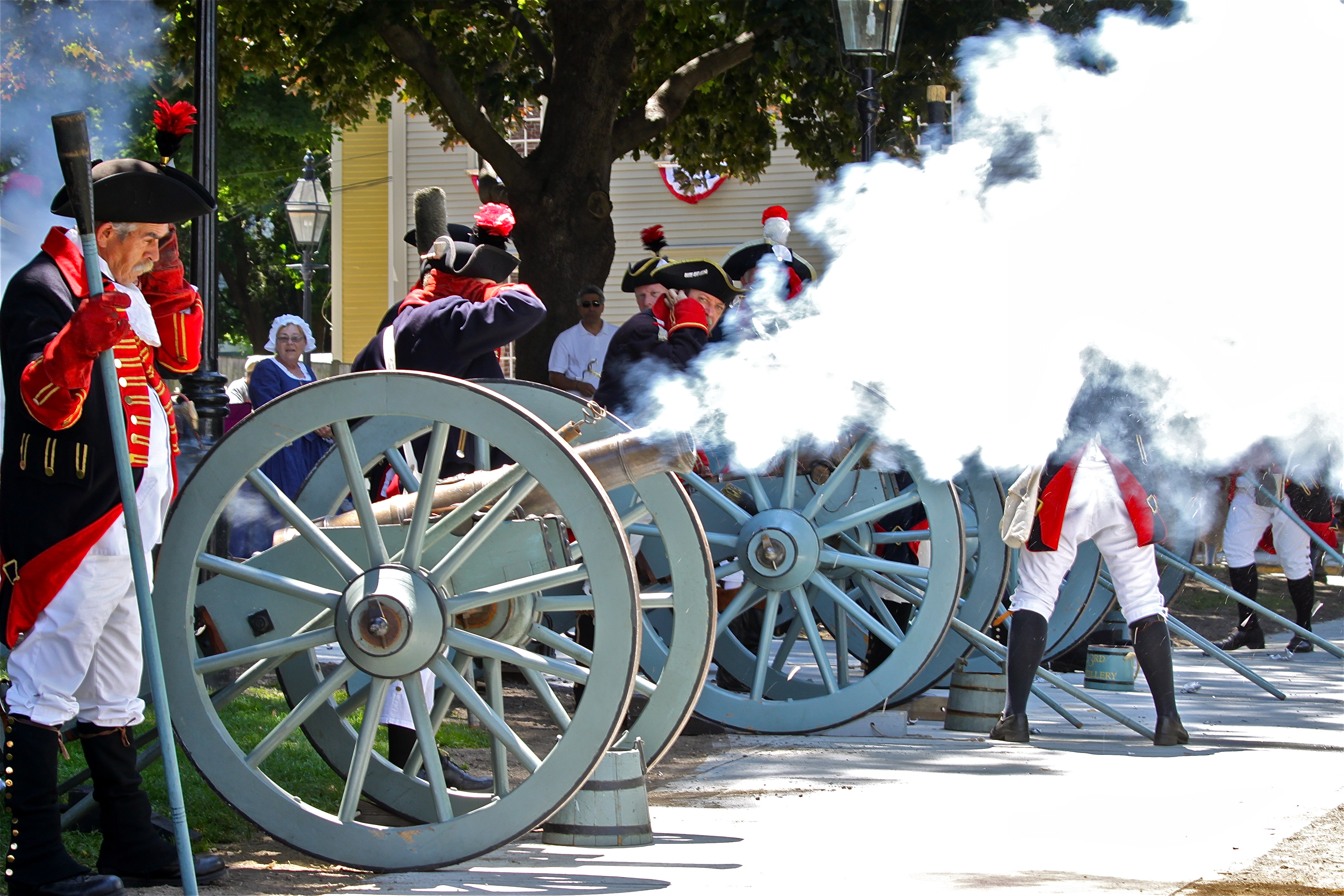A third of us are infected with Toxoplasma gondii, a parasite that can be transmitted to us by animals. Cats represent a major source of this organism, and are therefore a common route of infection for us since they continually shed the parasite. Consequently we can become infected with Toxoplasma gondii if we come into contact with anything that is contaminated with the organism as a result of a cat’s shedding. Some ways include:
- Contaminated soil (when gardening in an area where cats have defecated)
- Cleaning the cat litter box
- Contaminated water
- Undercooked meat (lamb, pork, and venison especially – these animals are infected by cats in the same way as we are)
- Cooking utensils coming into contact with undercooked, infected meats
Although many people are infected with this parasite, most are unaffected by it, and show no clinical symptoms since the immune system effectively prevents it from causing disease; however, clinical toxoplasmosis can be a real problem for people with weakened immune systems, such as:
- HIV infected patients
- Chemotherapy patients
- Organ-transplant recipients
Additionally, it poses a particular risk for unborn babies. A woman who comes into contact with the organism for the first time during her pregnancy may transmit it to the fetus in utero, resulting in birth defects or even infant fatalities. Transmission of the parasite to an unborn baby, however, is less likely if the woman has previously come into contact with the organism at least six months or more, prior to becoming pregnant.
Links With Brain Cancer?
Interestingly, a recent study reports a correlation between rates of infection of Toxoplasma gondii, and the incidence of brain cancer. Global data on brain cancer in people from 37 countries was collected and compared with the prevalence of Toxoplasma gondii infection in those regions. The research group reported that brain cancer rates increased in countries where the parasite was more prevalent.
This ecological study, however, merely points to a correlation between the two events – it does not imply that the parasite actually causes brain cancer in people. And certainly the opposite could be true – it’s not impossible that brain cancer could be the driving factor behind Toxoplasma gondii infection.
So as it stands, this report does not prove cause and association, but is predominantly hypothesis-generating, and does provoke scientific curiosity. In the words of one of the authors:“These were the best data available and we felt they were sufficient to take the first step. Working with actual brain cancer patients is an obvious next step, but it would be an expensive proposition. It is a lot easier to justify the second, expensive step when you have some evidence for the hypothesis. We are hoping that our results motivate others in the field to do further studies.”
Thomas, Lafferty, Brodeur, Elguero, Gauthier-Clerc & Misse. 2011. Incidence of adult brain cancers is higher in countries where the protozoan parasite Toxoplasma gondii is common. Biology Letters





Follow Me!